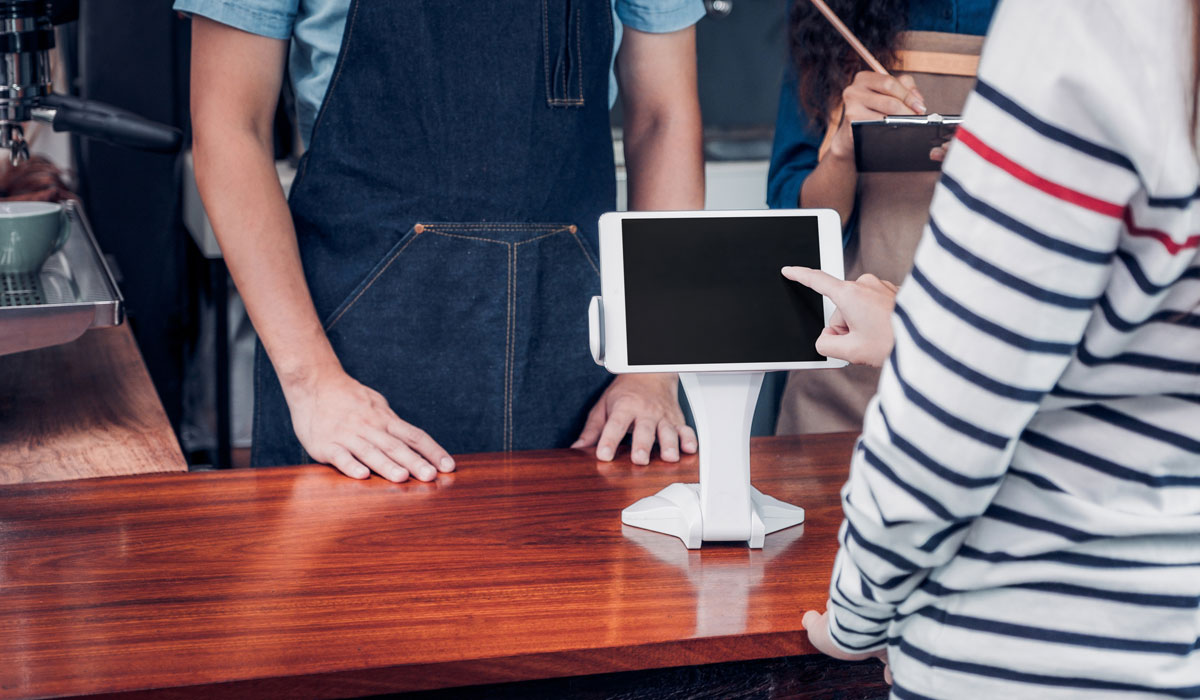Technology is transforming the food and beverage industry, helping to increase sales, productivity and ultimately resulting in a better customer experience. Just within the last few years, we’ve seen a growing demand for restaurants to have WiFi capabilities, loyalty programs and online ordering. But technology is constantly evolving. So how do restaurants adapt in order to make technology work for them?
Let’s take a look at the launch of kiosks as an example. For decades, operators had been looking for ways to strengthen their customer service ratings and improve wait times during rush periods. Understanding that today’s consumers are tech whizzes, the industry looked for a solution that would not only benefit the consumer but also the merchant. And while early versions of the technology were used for commercial purposes, the hospitality industry adapted kiosks to integrate menu items and pricing and ultimately made them available near cashier stations to reduce the wait time of their guests.
In doing so, operators noticed a number of benefits like:
- Gathers data to help the restaurant better understand their guests
- The technology reduces human error traditionally caused by miscommunication or language barriers
- Lowers labor costs
- Increases the average ticket value
- Helps ensure that front line staff can focus on the customer experience to engage with the guests rather than stare at a screen
And on top of the support given to operators and their staff, customers also found that it was easy to use, convenient and catered to the growing millennial generation.
So now that we know the benefits, how do you optimize the technology to ensure you’re getting the most bang for your buck should you decide to implement kiosks in your restaurant? For starters, make sure your kiosk technology is customizable and works well with your POS system. No two restaurants are the same, and some standard solutions have very limited features that lock you out of the latest innovations. Look for a partner that allows you to customize the look and functionality the way that you want, not one that requires you to use cookie cutter features and functionality. Kiosks should also be tightly integrated with your POS system so orders are automatically processed and don’t require a lot of time and labor to keep menu items and pricing up to date.
Secondly, expect that there will be some immediate operational changes that your restaurant will have to adapt to. Things like preparing your staff for more rapid ordering, ensuring that you’re hiring team members that are ready to really engage with your customers, and preparing for a lot of feedback and questions from the customers are all part of the implementation process. Ensure that you’re in a position to revise your strategy as needed and get ready to enhance your in-store experience.
Finally, figure out how you can integrate digital strategies, like loyalty programs and surveys for example, into the kiosk to drive engagement. Utilizing kiosks gives your restaurant a unique advantage to get in front of the customers—why not use it to offer promotions, contests and rewards? Making the technology work for you is what it’s there for. It’s time to take advantage of it.






